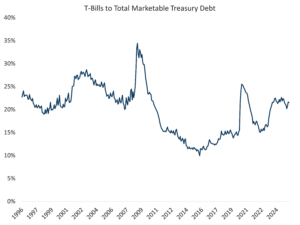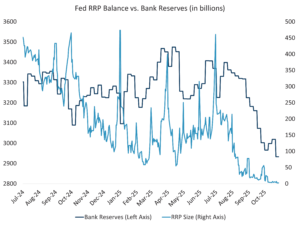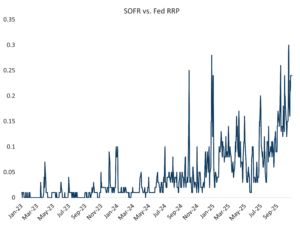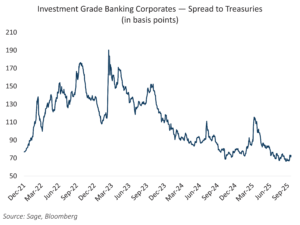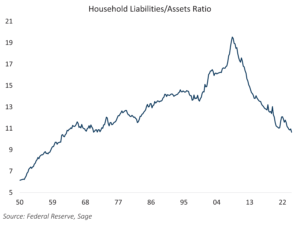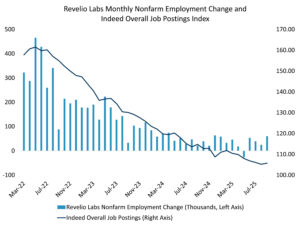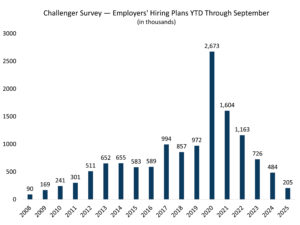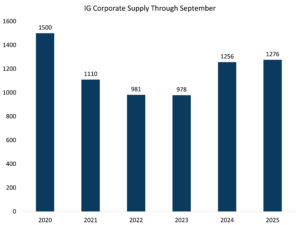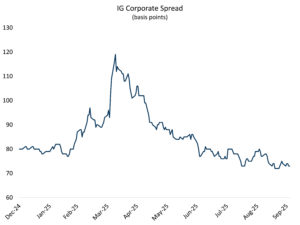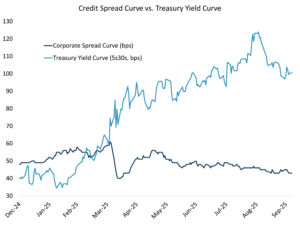A series of high-profile fraud cases have recently surfaced, exposing vulnerabilities that accumulated during the prolonged bull market and rapid expansion of private credit. These incidents span multiple sectors and financing structures, with the most severe cases involving private companies that operated with limited oversight.
Tricolor, a subprime auto lender, was the first to collapse in early September 2025. The company allegedly engaged in a double-pledging scheme by using duplicate Vehicle Identification Numbers (VINs) to secure multiple loans against the same auto loan portfolios. This triggered a wave of defaults and a Chapter 7 bankruptcy filing.
Shortly after, First Brands Group, a private auto parts conglomerate with over $10 billion in debt, filed for Chapter 11. Investigations revealed over $2 billion in undisclosed off-balance sheet borrowings and a factoring fraud scheme in which the company sold the same receivables to multiple lenders.
Zions Bancorporation and Western Alliance Bank, two regional US banks, were both exposed to Cantor Group, a real estate investment firm. Both banks allege that Cantor manipulated loan structures, transferred collateral outside of pledged pools, and forged title insurance documents — resulting in significant losses and ongoing litigation.
In the telecom sector, Broadband Telecom and Bridgevoice, two privately held service providers with overlapping ownership, declared bankruptcy in August. Investigations revealed fabricated accounts receivable and forged customer emails, leaving HPS Investment Partners with over $430 million in exposure.
While most of these frauds have occurred in the private markets, the public markets have not been immune. Organon, a high-yield pharmaceutical company, recently disclosed a case of channel stuffing. An internal audit revealed that the CEO had manipulated wholesale sales figures. The board responded by replacing the CEO and initiating a broader review of the company’s sales practices.
These cases underscore the risks that can accumulate in periods of easy credit availability and limited transparency. While public companies are subject to greater scrutiny and governance, the private credit boom has created blind spots that are only now coming to light.
Disclosures: This is for informational purposes only and is not intended as investment advice or an offer or solicitation with respect to the purchase or sale of any security, strategy, or investment product. Although the statements of fact, information, charts, analysis and data in this report have been obtained from, and are based upon, sources Sage believes to be reliable, we do not guarantee their accuracy, and the underlying information, data, figures and publicly available information has not been verified or audited for accuracy or completeness by Sage. Additionally, we do not represent that the information, data, analysis, and charts are accurate or complete, and as such should not be relied upon as such. All results included in this report constitute Sage’s opinions as of the date of this report and are subject to change without notice due to various factors, such as market conditions. Investors should make their own decisions on investment strategies based on their specific investment objectives and financial circumstances. All investments contain risk and may lose value. Past performance is not a guarantee of future results.
Sage Advisory Services Ltd. Co. is a registered investment adviser that provides investment management services for a variety of institutions and high net worth individuals. For additional information on Sage and its investment management services, please view our website at www.sageadvisory.com, or refer to our Form ADV, which is available upon request by calling 512.327.5530.


